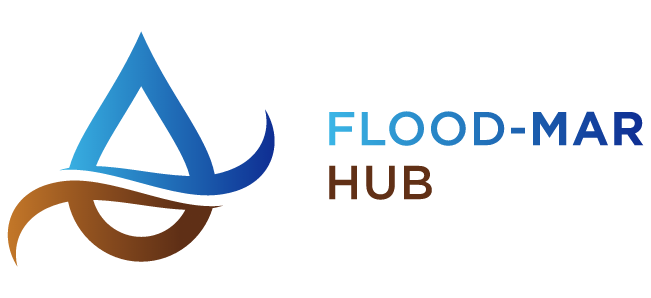A Technical Framework for Increasing Groundwater Replenishment
“A Technical Framework for Increasing Groundwater Replenishment” is a roadmap document for local agencies or groundwater sustainability agencies (GSAs) to utilize when navigating how to develop groundwater replenishment projects. This document walks readers through the current landscape of the Sustainable Groundwater Management Act (SGMA) and provides the context that, as part of SGMA implementation, groundwater replenishment will be an important component to how sustainability is achieved under SGMA. The technical framework provides the following considerations for how to develop groundwater replenishment projects.
• Financial – scoping the capital costs, operating costs, and water supply yield and cost
• Technical – identifying the source water, infrastructure needs and constraints, method of recharge, and specific locations for direct recharge
• Institutional – developing partnerships and agreements, and navigating water rights
• Administrative – contracting, applying for permits, and securing funding
The document includes additional resources that support the development of groundwater replenishment projects, as well as case studies of entities that are piloting their own replenishment projects.

